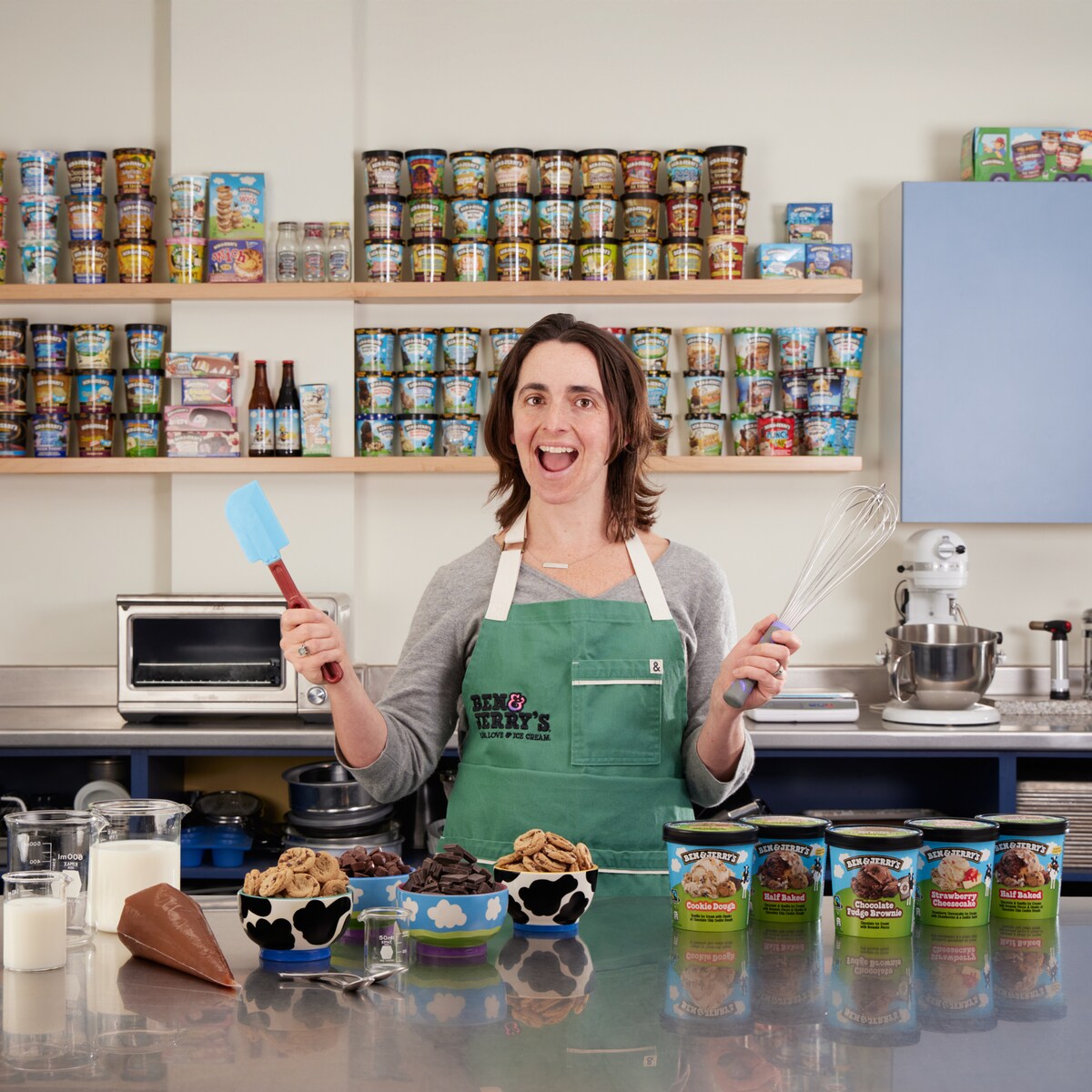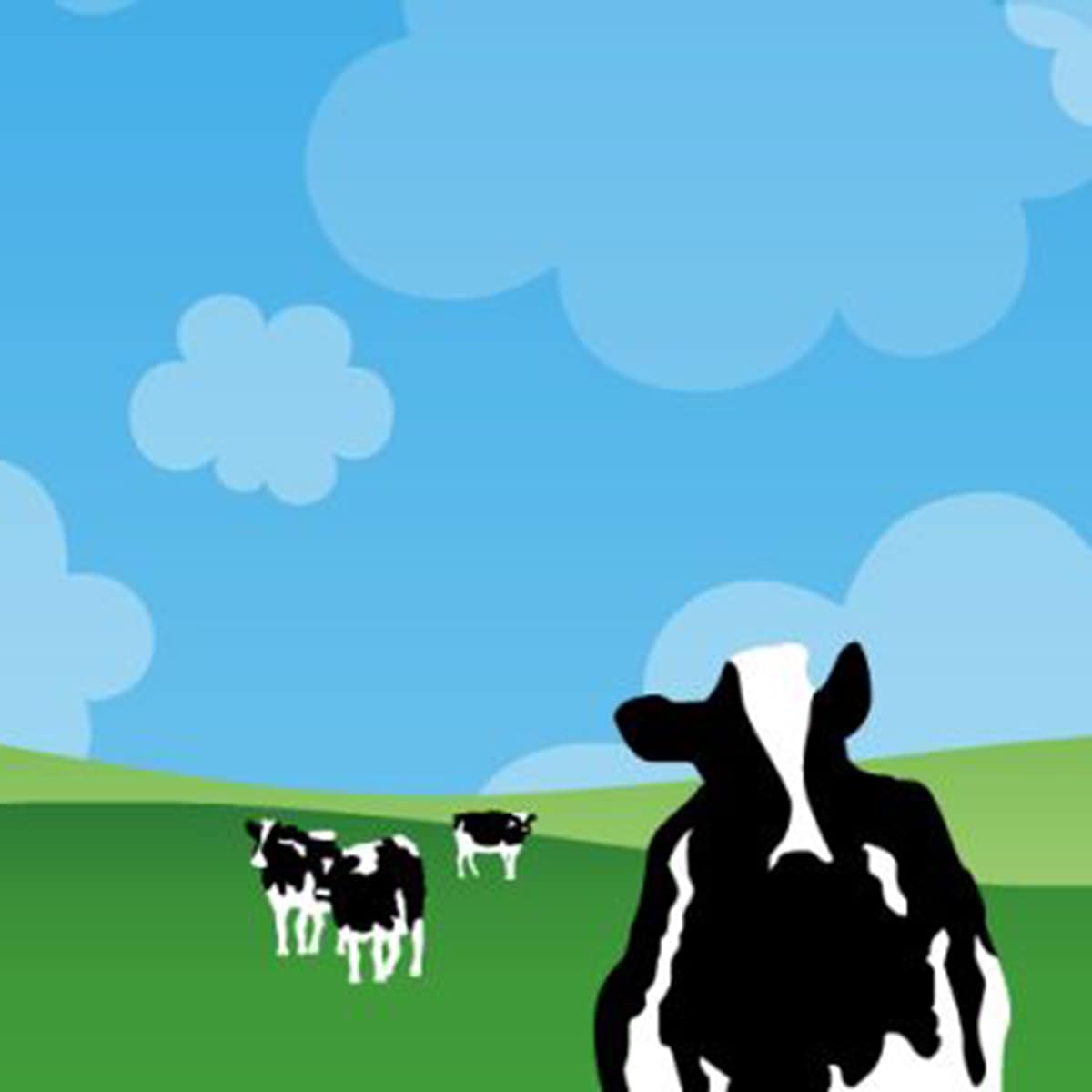.jpg)
We love ice cream. We’ve been loving it, eating it, and making it for more than four decades. But we also know that dairy products can have a big effect on the environment and the climate—which is why we’ve been working hard for years to reduce the impact of the flavors we love on the planet we love.
It’s also why we’re so excited to share some big news with you…
Our New Project
Today we’re announcing the launch of our project, a potentially game-changing and planet-healing initiative that aims to cut greenhouse gas emissions in half on 15 dairy farms by the end of 2024*. Since dairy ingredients are responsible for more than 50% of our greenhouse emissions, this is a big deal.
But that’s just the beginning. Once these pilot initiatives have been proven effective, our plan is to expand our project to farms across our entire global dairy supply chain. That could make a serious difference in the fight against climate change.
* We made the difficult decision to push back the completion date of the of our low carbon dairy pilot project from 2024 to 2025. Due to application delays, we started the recruitment process to identify farms interested in joining the pilot later than anticipated, which meant that we were starter later and for critical elements of the pilot too late for the 2022 growing season (as all crops were already in the ground). This meant that to have an accurate testing field, we’ve pushed the deadline back by a year, with the project beginning this year in the 2023 growing season. The good news is that as lots of farms were interested in applying, we’ve been able increase the number of farms involved in the program from 15 to 17.
How It’ll Work
We’ve been working with dairy farmers, scientists, academics, and researchers in the US and in Europe for a long time to figure out the best ways to reduce greenhouse gas emissions. Our project brings together everything we’ve been learning—it’s a comprehensive, collaborative approach to fighting the climate crisis that addresses three critical aspects of dairy farming:
- Enteric emissions: Fact: Cows burp all the time, releasing a tremendous amount of methane—and methane accelerates climate change. But we can manage this through a new cow-tested, cow-approved meal plan that includes a high-quality forage diet and innovative feed additives that reduce the generation of methane as cows digest their food.
- Manure: Ready for more insider information from the farmyard? Cows also poop. A LOT—about 80 pounds a day per cow. All that poop produces methane, but we can minimize its impact through methane reduction technology, like manure digesters and separators, which can be used to produce both renewable electricity and animal bedding.
- Feed crops: Growing more grass, and using regenerative practices to grow corn and other crops that will remain a part of a dairy herd diet, will help maintain healthy soils, increase carbon sequestration, lower synthetic inputs, promote biodiversity, and raise the amount of homegrown feed cows eat.
The pilot project will also promote renewable energy on dairy farms and continue our long tradition of making sure our cows are healthy and well cared for.
Why We’re Taking Action
The Intergovernmental Panel on Climate Change’s latest report says that the world has a rapidly closing window of opportunity to avoid the worst effects of the climate crisis. If we want a habitable world, let alone one where people can still enjoy ice cream, then we have to act now.
We also know that to stop climate change, we have to address its systemic causes. That’s why we’ve spent so much time scrutinizing our own global supply chain to find out which actions would have the biggest and most meaningful impact.
Is it kind of funny to talk about feeding cows a new diet that will help them belch less? Yes, it definitely is! But the potential positive impact is no joke. If this program is a success and more and more farms and businesses adopt similar practices, it really could change the world.
Collaboration and Progress
No one person, farm, business, or government can solve the climate crisis on their own. We’re all in this together, so we’ve got to cooperate if we want to develop a truly practical, feasible, and effective approach to fighting climate change.
Our project is a product of collaboration, and its success will be defined by it as well. As we monitor and study all the new technologies and practices adopted by the initial 15 participating farms (which are split between the US and the Netherlands), we’ll be making our findings public, so that the entire dairy industry can benefit.
We’re at a challenging moment in history, but we’re excited by the opportunity to work closely with farmers to make a difference. It’s time for all of us, businesses especially, to take action and be a force for good. If you love ice cream—and the planet—as much as we do, then we hope you’ll follow our progress as we work to build a climate-friendly dairy world with our project.
Sweeten Up Your Inbox!
Subscribe now and we'll make sure you get the inside scoop on Ben & Jerry's fun and flavours! It's like dessert for your inbox, and you're going to want seconds.

